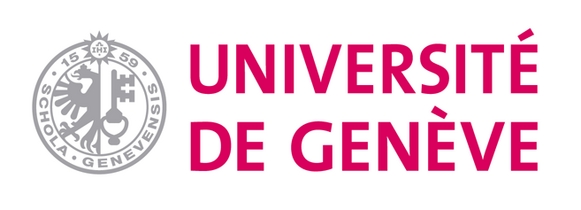Towards a multi-dimensional theory of post-unemployment scarring: recurrence, instability and downgrading
| Author | |
|---|---|
| Résumé |
Many studies compare employed and unemployed workers to highlight the effect of unemployment. The majority of them neglect of the dynamic aspect of unemployment trajectories and measure unemployment scarring by wage. We seek to examine post-unemployment in terms of trajectories, which also include re-entries into the labor market and mobility between different occupational categories. Moreover, we seek to study scarring in multiple forms, such as employment instability or social downgrading. We describe 512 careers touched by a period of unemployment relying on the data from the 1999-2011 waves of the Swiss Household Panel. This main sample is compared to a control sample without any period of unemployment. In both samples, we examine employment careers by a combination of sequence analysis and regression analysis. We seek to relate sex, age, nationality, education, social origin and socio-professional categories to risks and opportunities caused by a period of unemployment. Our findings show that different groups are exposed to different forms of unemployment scarring, depending on their resources and opportunity structures. We identified three type of scarring: recurrent unemployment, downgrading (i.e. the reintegration in a less prestigious job position) and instability (i.e. frequent changes in the job position). Not one single group is touched by all forms of unemployment scarring and, inversely, specific groups are hit by specific forms of scarring. Not only groups traditionally “vulnerable” (e.g. foreign or elderly workers) are sensitive to scarring due to unemployment. Highly educated workers are also affected by the consequences of a period of unemployment. This leads us to a broader reflection about the possible relationship across different forms of scarring: individuals may be obliged to choose between different forms of scarring. However, this is not only a question of choice, as specific resources and opportunity structures determine which forms of scaring are available for particular groups. These insights can be used to create group-oriented as well as individual social policies, when considering each worker as a member of different groups at the same time. |
| Année de publication |
2015
|
| Journal |
LIVES Working Papers
|
| Volume |
037
|
| Nombre de pages |
1-31
|
| Numéro ISSN |
2296-1658
|
| URL |
https://www.centre-lives.ch/fr/bibcite/reference/74
|
| DOI |
10.12682/lives.2296-1658.2015.37
|
| Mots-clés | |
| Download citation | |
| File (PDF) |

